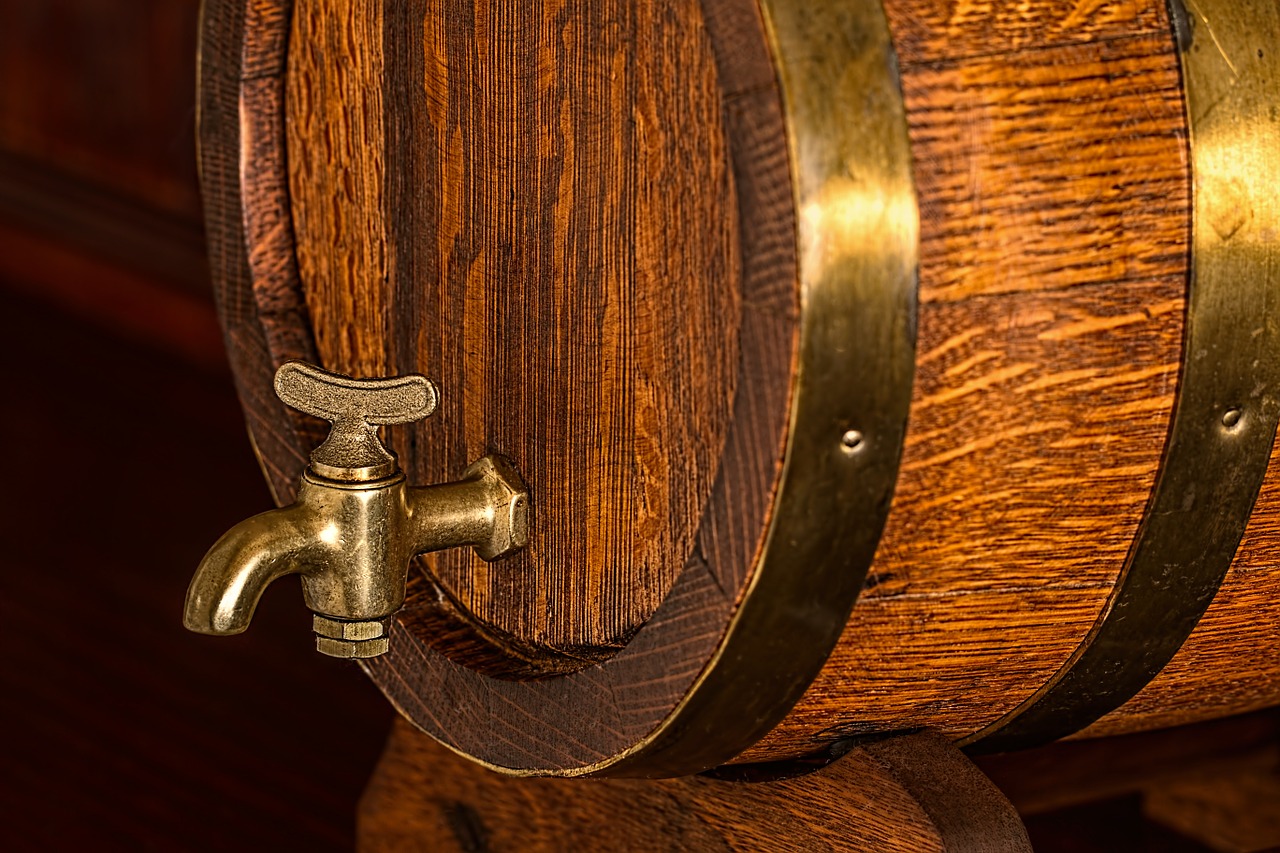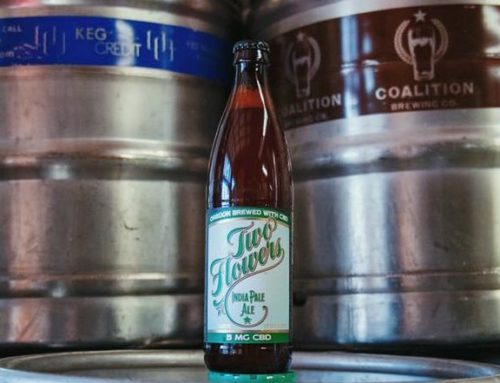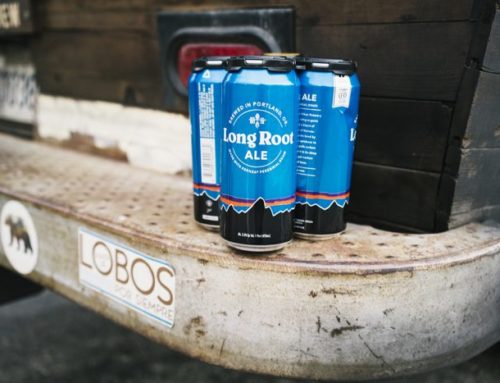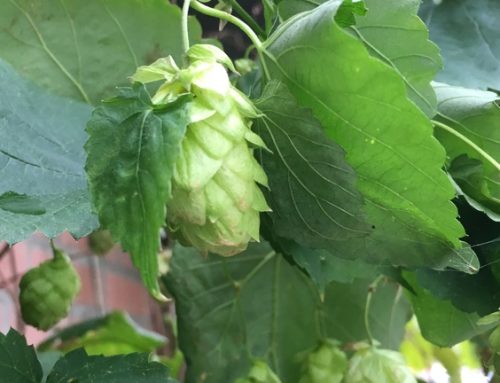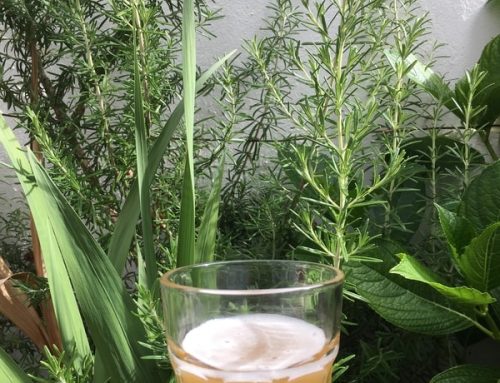Barrel-aging is a technique brewers use to place the beer into a wooden barrel for a certain period of time. It’s a relatively cheap, eco-friendly method that uses discarded liquor barrels to make delicious beer. Many craft breweries have begun producing all sorts of barrel-aged beers and they’re proving quite popular.
Why Barrel Aging?
Barrel-aging adds tremendous flavor and character to beer. Breweries that use stainless steel vats simply cannot accomplish this flavor. Barrel-aged beers deliver more complex notes because the beer is aged inside barrels once used for fermenting hard liquors like bourbon and rum. The wood of the barrels also add additional flavor notes to the beer.
Types of Barrels Used
Breweries utilize used liquor barrels since new barrels can result in bitter flavors. Typically, beer makers will use whiskey barrels but they can also use rum, wine, and other liquor barrels. Perhaps the most prominent type of barrel-aged beer is bourbon barrel-aged or “BBA”. Often these are stouts or darker beers that have heavy boozy notes soaked up from the bourbon left in the wood of the barrels. Many sour beers can also be barrel-aged. Due to the increased aging time needed and the complexity of massaging out the flavors from the barrels, barrel-aged beers often fetch a premium price.
The range of flavors from barrel-aging is remarkable. For instance, a sherry wine barrel may result in a smoother, richer beer, while a Caribbean rum barrel may produce a more complex brew with hints of coconut or dark chocolate.
What Happens in the Barrel?
Generally, barrel aging adds unique flavors to already fermented beer. Beer-makers dispense the beer into barrels and leave the beer alone for one to two weeks, during which time a lot happens.
Quicker Oxidation
Beer loves often associate over-oxidation in beer with a papery, stale finish. However, barrel aging can provide just the right amount of oxidation, leading to unique flavors, like caramel and vanilla.
Consequently, one of the biggest challenges facing brewers today is barrel management. Finding that sweet spot in oxidation creates the potential to turn a mediocre barrel-aged beer into an award winning brew.
Oak Flavors Develop
The time left to brew and the type of oak of the barrel heavily impact the flavors that end up in the beer. Different oak varieties can cause the beer to develop flavors like cinnamon, clove, vanilla, and more.
Lowered Autolysis Potential
Autolysis occurs when dead yeast burst and release their innards into the beer. It’s not a favorable outcome and results in a meaty, sulfuric flavor. Barrel aging causes the yeast to rise to the top of barrel, making it easy for brewers to bottle the beer with little, to no, yeast content.
The value of barrel aging isn’t limited to one specific type of beer. As more craft breweries continue to experiment with barrel aging, beer lovers will surely benefit with more unique, complex brews.

